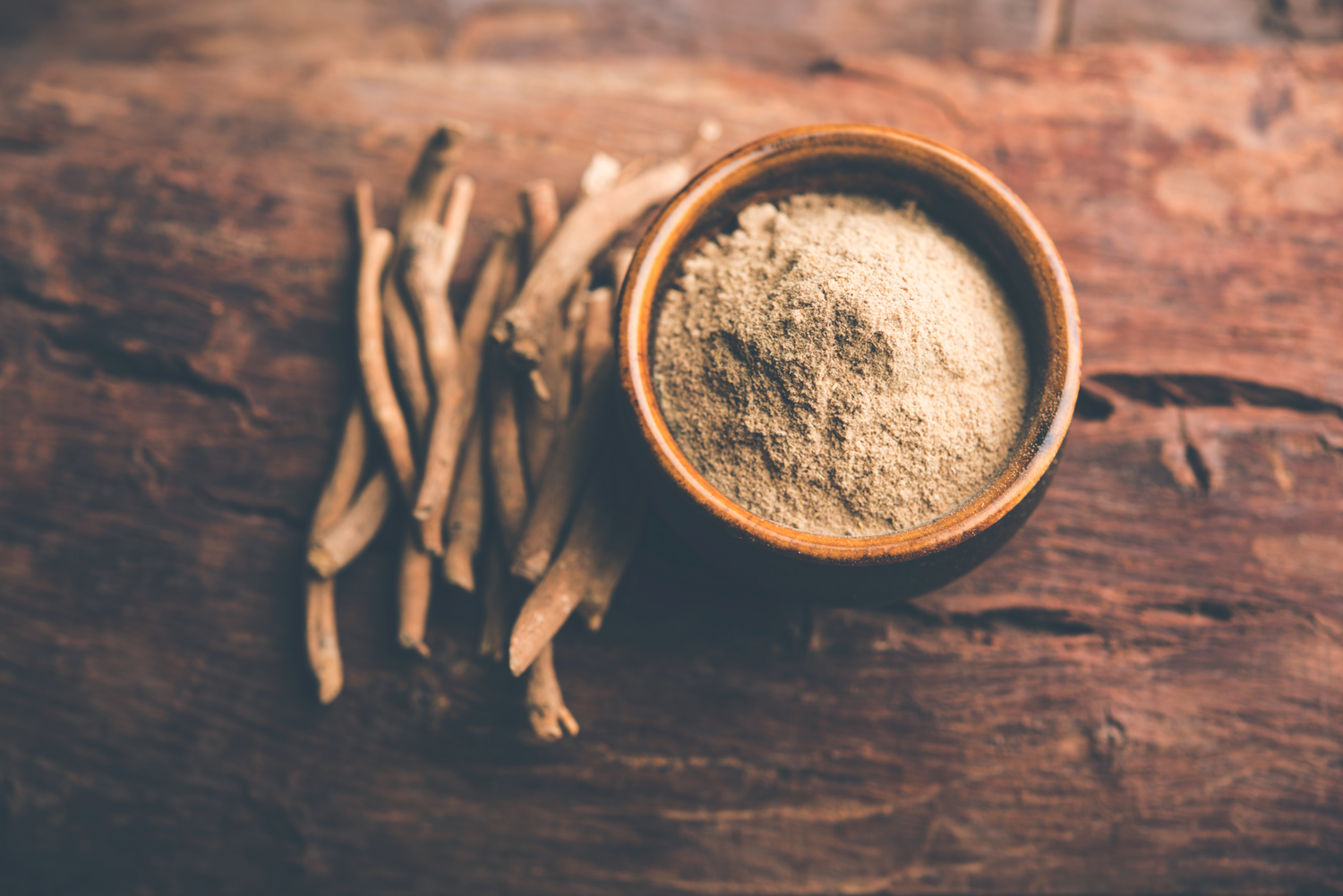Overcoming Inositol Resistance—Do You Need More, or Do You Need Better?
If you’ve been taking inositol for PCOS but haven’t seen the results you hoped for, you’re not alone. While myo-inositol (MI), especially in combination with D-chiro-inositol (DCI), has been shown to restore ovulation and improve insulin sensitivity in many women with PCOS, a small but significant group struggles to respond—even when using a clinically supported 40:1 ratio.
This is called inositol resistance, and it raises an important question:
💡 Should we just take more inositol—or is there a smarter way to support the body’s ability to absorb and use it?
Emerging research says that more inositol isn’t always the answer—and that adding a protein called α-lactalbumin might be the key to unlocking results for inositol-resistant women.
What is inositol resistance?
Inositol resistance refers to a lack of clinical response to inositol supplementation, even at standard therapeutic doses. These women may continue to experience irregular cycles, signs of androgen excess, or ovulatory dysfunction despite taking inositol for months.
The exact mechanisms aren’t fully understood, but proposed causes include:
-
Impaired gut absorption of inositols
-
Reduced expression or function of inositol transporters (like SMIT2 or GLUT4)
-
Chronic low-grade inflammation
-
Insulin receptor desensitization or post-receptor defects
In other words, the issue isn't always that you’re not taking enough—it may be that your body isn't using it effectively.
Clinical studies: Does more inositol overcome resistance?
Most landmark PCOS trials use 4,000 mg of myo-inositol per day (usually split as 2 g twice daily) with 100 mg of D-chiro-inositol in a 40:1 ratio. This dosage has been shown to:
-
Restore ovulatory cycles in ~70–80% of PCOS women.¹
-
Reduce serum androgens.²
-
Improve insulin sensitivity (lower HOMA-IR and fasting insulin).³
However, even at this higher dose, not all women respond. A 2017 meta-analysis showed that despite strong average results, a notable subgroup experienced little to no improvement in ovulatory or metabolic outcomes.⁴
A smarter approach: α-lactalbumin improves inositol absorption
A 2018 clinical study by Montanino Oliva et al. explored a novel solution: adding α-lactalbumin, a bioactive whey-derived protein, to standard-dose inositol (2,000 mg MI + 50 mg DCI).
You can find this same research-backed combination in our Hormone Health – PCOS Support formula.
These were women already identified as inositol-resistant—they had failed to restore ovulatory cycles after 3 months on inositol alone.
When given the same dose of inositol but with 50 mg α-lactalbumin added, 86% of previously resistant women regained ovulation and normalized their menstrual cycles within 3 months⁵.
No increase in inositol dose was needed.
The addition of α-lactalbumin alone improved clinical outcomes.
Why does α-lactalbumin work?
The proposed mechanisms behind α-lactalbumin’s benefit include:
-
Enhanced intestinal permeability, improving nutrient absorption⁶
-
Stimulation of inositol transporter expression (e.g., SMIT2, GLUT4)⁷
-
Support of gut microbiota that aid in nutrient utilization
-
Improved inositol bioavailability without needing to increase the dose
This makes α-lactalbumin especially valuable for women who:
-
Do not tolerate large powder or capsule volumes
-
Have plateaued on inositol alone
-
Want a once-daily solution with clinical backing
What this means for your PCOS supplement routine
While the 4,000 mg/day inositol protocol remains the gold standard in research, the addition of α-lactalbumin allows many women to see the same—or better—results with just 2,000 mg.
This is exactly why WrenLife’s Hormone Health – PCOS Support formula uses:
-
2,000 mg Myo-inositol + 50 mg D-Chiro-inositol (40:1 ratio)
-
50 mg α-lactalbumin
-
Plus key cofactors: magnesium, chromium, zinc, and vitamins D3 + K2
It’s a smart, streamlined way to support hormone balance, restore ovulatory cycles, and help you get back on track—without needing to double your scoop size or capsule count.
References
¹ Nordio, Maurizio, et al. “The 40:1 Myo-Inositol/D-Chiro-Inositol Plasma Ratio Is Able to Restore Ovulation in PCOS Patients: Comparison with Other Ratios.” European Review for Medical and Pharmacological Sciences, vol. 23, no. 12, 2019, pp. 5512–5521.
² Genazzani, Alessandro D., et al. “Modulatory Effects of Myo-Inositol on LH and Androgen Levels in Young PCOS Women: Results from a Multicenter Study.” Gynecological Endocrinology, vol. 33, no. 1, 2017, pp. 1–5.
³ Costantino, Diego, et al. “Metabolic and Hormonal Effects of Myo-Inositol in Women with Polycystic Ovary Syndrome: A Double-Blind Trial.” European Review for Medical and Pharmacological Sciences, vol. 13, no. 2, 2009, pp. 105–110.
⁴ Unfer, Vittorio, et al. “Myo-Inositol Effects in Women with PCOS: A Meta-Analysis of Randomized Controlled Trials.” Endocrine Connections, vol. 6, no. 8, 2017, pp. 647–658.
⁵ Montanino Oliva, Mario, et al. “Effects of Myo-Inositol plus α-Lactalbumin in Myo-Inositol-Resistant PCOS Women.” Journal of Ovarian Research, vol. 11, 2018, article 38.
⁶ Granata, Matteo, et al. “α-Lactalbumin Increases the Bioavailability of Myo-Inositol and Reduces Insulin Resistance in PCOS.” Gynecological Endocrinology, vol. 35, no. 9, 2019, pp. 774–778.
⁷ Bevilacqua, Arturo, and Mariano Bizzarri. “Inositols in Insulin Signaling and Glucose Metabolism.” International Journal of Endocrinology, 2018, Article ID 1968450.
FDA Disclaimer
These statements have not been evaluated by the Food and Drug Administration. This product is not intended to diagnose, treat, cure, or prevent any disease.




